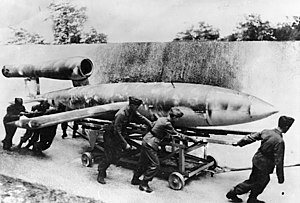When last we checked on USS Houston, she was on her way with two other cruisers of her cruiser division, two battleships and seven destroyers enroute to
Majuro Atoll. Since that time, the ship has been busy.
On 31 May she joined Vice Admiral Marc Mitscher's Fast Carrier Task Force to take part in the invasion of the Mariana and Palau Islands. Departing on 5 June 1944,
Houston screened carrier strike units which pounded the Mariana Islands on 12–13 June and the Bonin Islands on 15–16 June.
While Admiral Richmond K. Turner's amphibious forces landed on Saipan
on 15 June, the Japanese prepared to close that island
for a "decisive" naval battle. The fleets approached each other on
June 19 and engaged in the largest aircraft carrier battle of the war. Four
large air raids attacked the American fleet, but the US fighters, with some help from anti-aircraft fire from
Houston and the other screening warships, destroyed the attacking Japanese formations.
Mitscher's ships and aircraft were mostly new, the aircraft were improved, and the pilots and crews well-trained. Mitscher had at his command 7 fleet carriers, 8 light fleet carriers, 7 battleships, 8 heavy cruisers, 13 light cruisers, 58 destroyers, 28 submarines and
956 carrier aircraft. Against this attack force, Japan dispatched 5 fleet carriers, 4 light carriers, 5 battleships, 13 heavy cruisers, 6 light cruisers, 27 destroyers, 24 submarines, 6 oilers,
~450 carrier aircraft and ~300 land-based aircraft.
The outcome: Japan lost 3 fleet carriers sunk, 2 oilers sunk, 550–645 aircraft destroyed and 6 other
ships damaged. Americans called the battle "The Great Marianas Turkey Shoot", because so many Japanese aircraft were destroyed with only small American losses. Japan's naval air power never recovered from the battle. The invasion was secured, though Japanese defenders continued to put up a strong defense.
This was
Houston's initiation into combat.
 German fantasies of victory were fading fast.
German fantasies of victory were fading fast.

![[linked image]](http://i882.photobucket.com/albums/ac21/jacquesjvv/EscortCarrieroffSamar_001.jpg)


